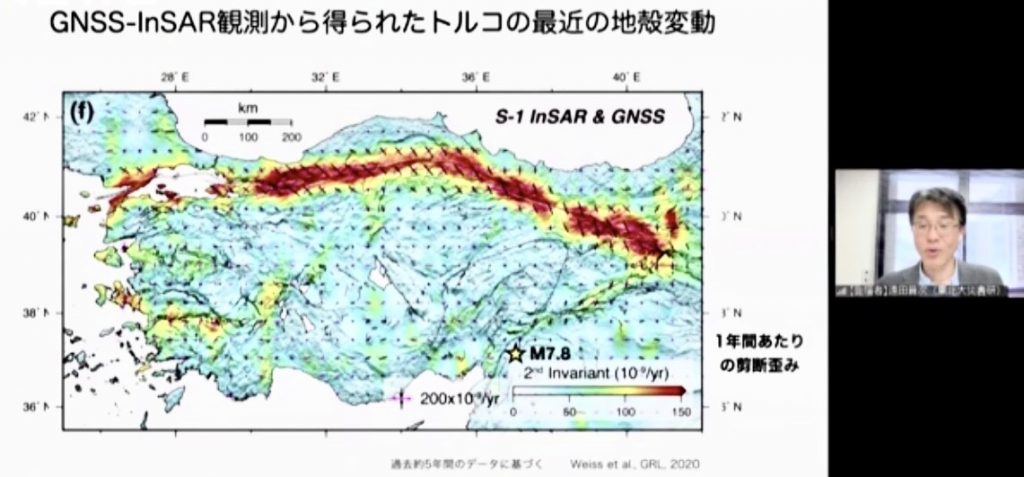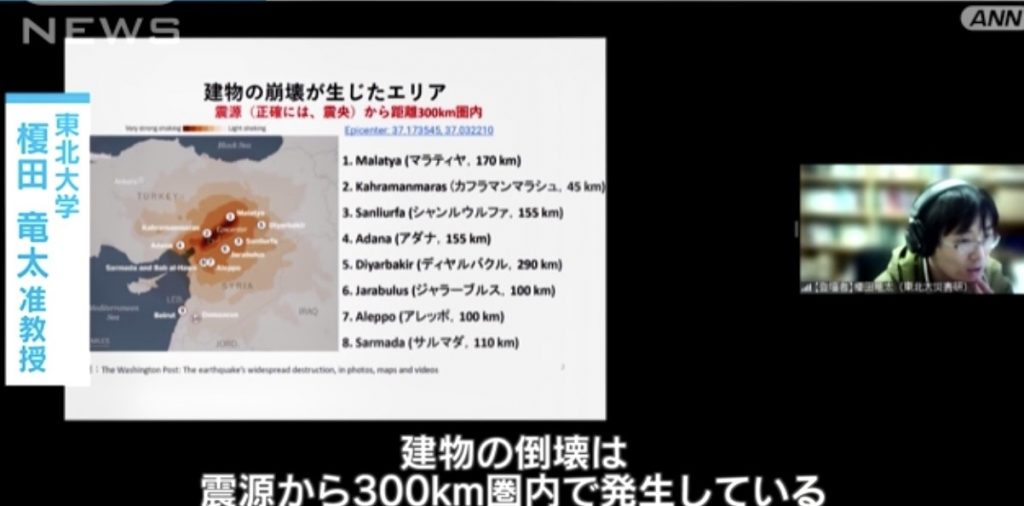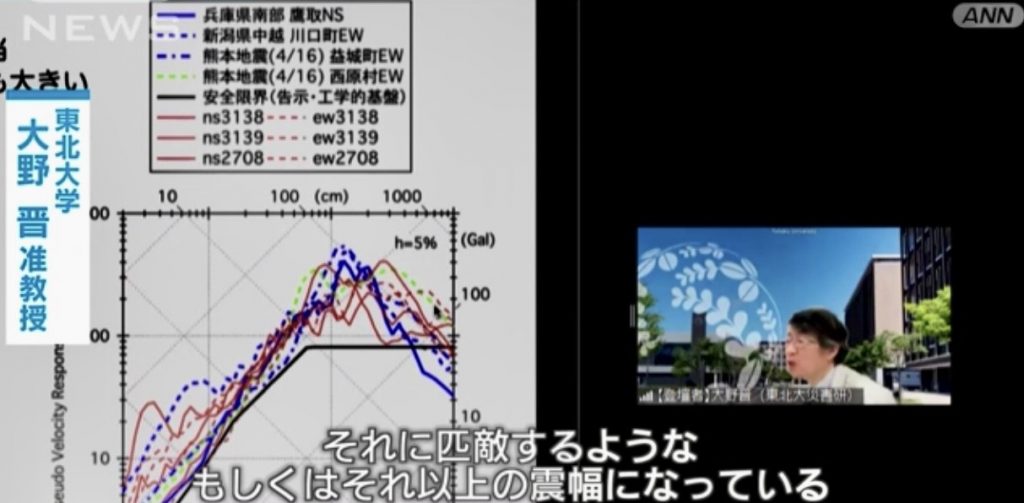







Arab News Japan
TOKYO: Following the massive earthquake that occurred in Turkey on February 6, Japanese experts held an online debriefing session and concluded that the lack of implemented building regulations was a major factor in the extent of damage there, local media reported.
Tohoku University Professor TAKEYA Kimio pointed out: “(Turkey’s) buildings and houses are not wooden houses that are easily rebuilt or replaced like in Japan, but there are many brick houses. They don’t have a system of frequent rebuilding that helps to strengthen earthquake resistance in buildings.”
At the debriefing session held by Tohoku University many findings were examined, such as the mechanism of the earthquake and the background of the damage.
Associate Professor OHNO Susumu of Tohoku University said: “The red areas experienced a seismic intensity of 6-strong or higher (on Japan’s 7-point scale). Nishihara village during the Kumamoto earthquake (in 2016) was the largest in Japan so farand the magnitude of the quake is comparable to or even greater than that.”
Tohoku University Associate Professor ENOKIDA Ryuta noted that the collapse of buildings occurred within a 300 km radius from the epicenter and said, “It is necessary to evaluate earthquake resistance and screen dangerous buildings. This will allow us to avoid the use of dangerous buildings that may be destroyed by aftershocks.”
The professors agreed it was also an opportunity to review Japan’s measures against big earthquakes.